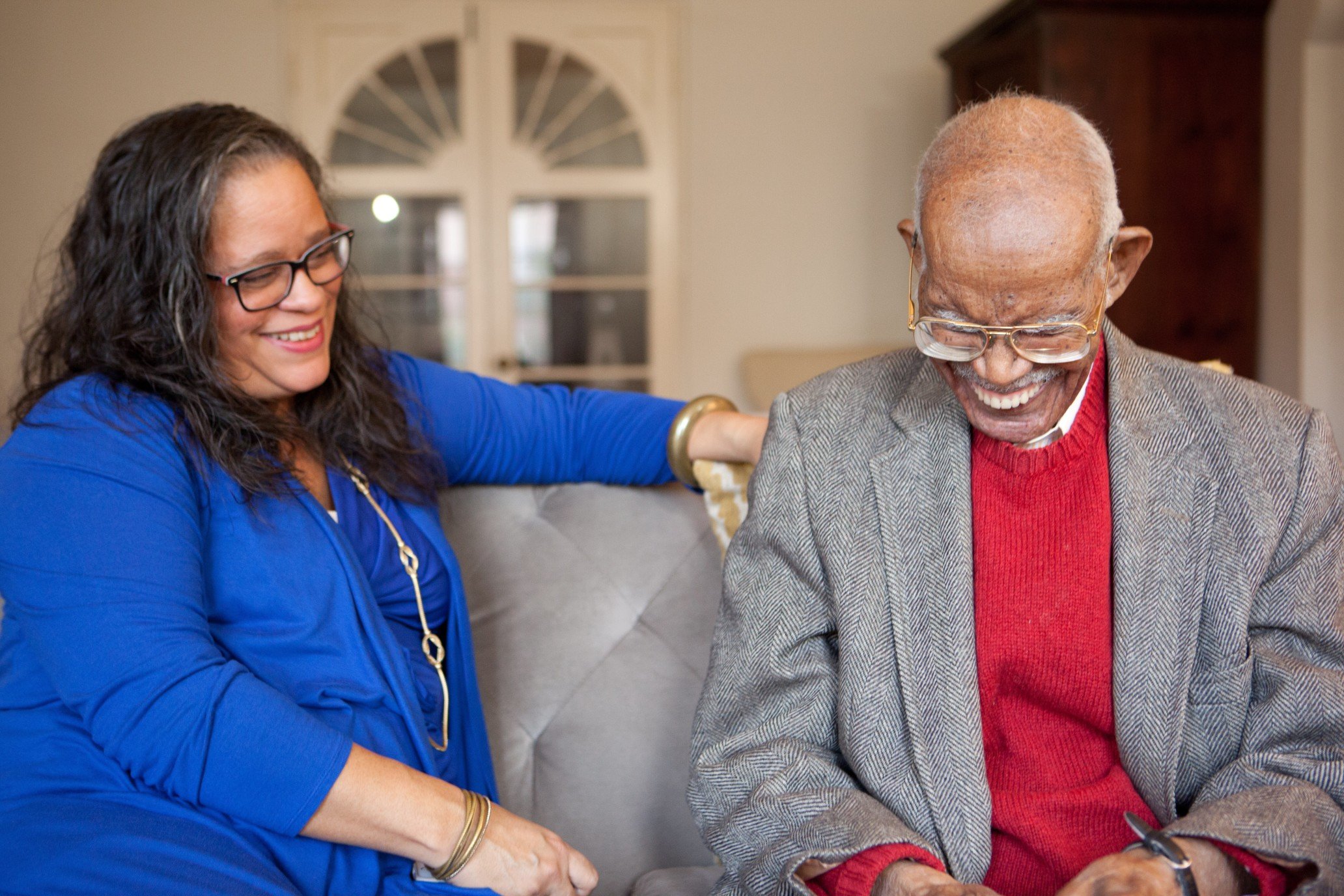The senior population is booming, and 3 other reasons why caregivers need better pay

Patience, understanding, and physical strength are just a few of the skills required of paid caregivers. These essential employees take care of our loved ones during one of the most critical stages of their lives, yet most workers don’t get the pay they deserve or enough to even make ends meet.
Within the industry, women of color make up more than half of the direct care workforce, according to the 2018 report, The Female Face of Caregiving. The report highlighted that for these caregivers, “their wages are low, their jobs are insecure and they lack access to basic protections like paid family and medical leave,” as well as the inability to take sick days to care for themselves.
In line with the statistics, most of SeaCare’s employees are of women of color. In order to bring attention to these issues, as well as continue to support the Black Lives Matter movement, we’ll look at the status of the paid caregiving industry and what can be done to make it better.
The demand for caregivers is only growing
Around the world, an unprecedented number of people are living past their sixties. The World Health Organization predicts that by 2050, one of every five adults will be older than 60.
Along with the growing senior population, more than half of people in the U.S. over the age of 65 will need some sort of long term care in their lifetime, according to one in a series of reports on aging from the global news site Quartz. This type of care includes care facilities, in-home care or a nursing home.

With an aging population that’s expected to surpass the number of people under 18 by 2030 according to the U.S. Census Bureau, this country will be needing an abundance of skilled caregivers to meet senior care needs.
One in six U.S. caregivers lives in poverty
For a job as important as caregiving with its many responsibilities and demands, the financial incentives are basically nonexistent for most direct care jobs.
In the ten year span between 2008 and 2018, the median hourly wage for personal care aides in Washington state grew by only 51 cents to 13.77 an hour, according to workforce data from the Paraprofessional Healthcare Institute (PHI) .
As the organization summarizes, “though their services are vital to maintaining the health and dignity of millions of Americans, home care aides are undervalued and underpaid.”
The organization reported in 2015 that over half of home care workers have to rely on public assistance to financially support their families. It’s easy to see why, when the median pay for home care workers comes out to $13,000 a year.
Better pay means more retention and more skilled caregivers
Home Health Care News reported that in 2018, the turnover rate for caregivers reached 82 percent, a new record.
According to PHI, “half the home care workforce turns over every year, disrupting the continuity of relationships that is essential to quality care. To put it simply: workers leave because they cannot afford to stay.”
 With a booming aging population, high turnover and low pay, it’s no surprise that by 2030, there will be a shortage of 151,000 caregivers for the elderly, from numbers gleaned by Quartz.
With a booming aging population, high turnover and low pay, it’s no surprise that by 2030, there will be a shortage of 151,000 caregivers for the elderly, from numbers gleaned by Quartz.
The report continues to outline that rather than care taking place in expensive nursing homes, “much of elder care will be provided at home, customized to fit individual needs, at half the price or less.”
Direct care workers will be needed more than ever in just 10 years, and the elder care industry will need to make drastic changes in order to meet demand.
Better jobs equals better care
Just as in any industry, when employees are paid better, it’s reflected in the outcomes of their work. “Improving home care jobs is essential to improving quality care,” the report from PHI points out.
“If as a nation we want to ensure that elders and people with disabilities can live with respect and dignity, then we must begin by showing respect to those who help make that happen-with good jobs that pay a living wage,” the report goes on.
The article from Quartz also highlights that the stigma around caregiving will need to change. Historically, black women and then women who had immigrated to the U.S. performed the majority of direct care work. Much of the work takes place out of sight, which leaves domestic workers such as this more vulnerable to being overworked, underpaid, and in the worst cases, abused by their employer.
“We will need to break these cultural stereotypes that undervalue the work of women and women of color by strengthening and diversifying the care workforce.”

Better pay, and then some
The good news is that there are a whole host of ways to fix these problems. As a go-to source of data and news for the direct care industry, PHI focused on #60CaregiverIssues in a two year campaign, which generated 60 solutions along with it.
Their ideas range from expanding health coverage for direct care workers to creating advanced roles for care workers.
One example of this is the option to become a Senior Aide through the Care Connections Project that was rolled out in 2015 in New York. The three-month long training educates care workers on chronic disease to prevent rehospitalizations of their clients.
Along with feelings of confidence and a higher sense of value in their roles, Senior Aides receive a 60 percent wage increase a year.
Improvements in direct care jobs like this one could incentivize more workers to fill the demand of the growing senior care industry, and improve their lives along the way.

